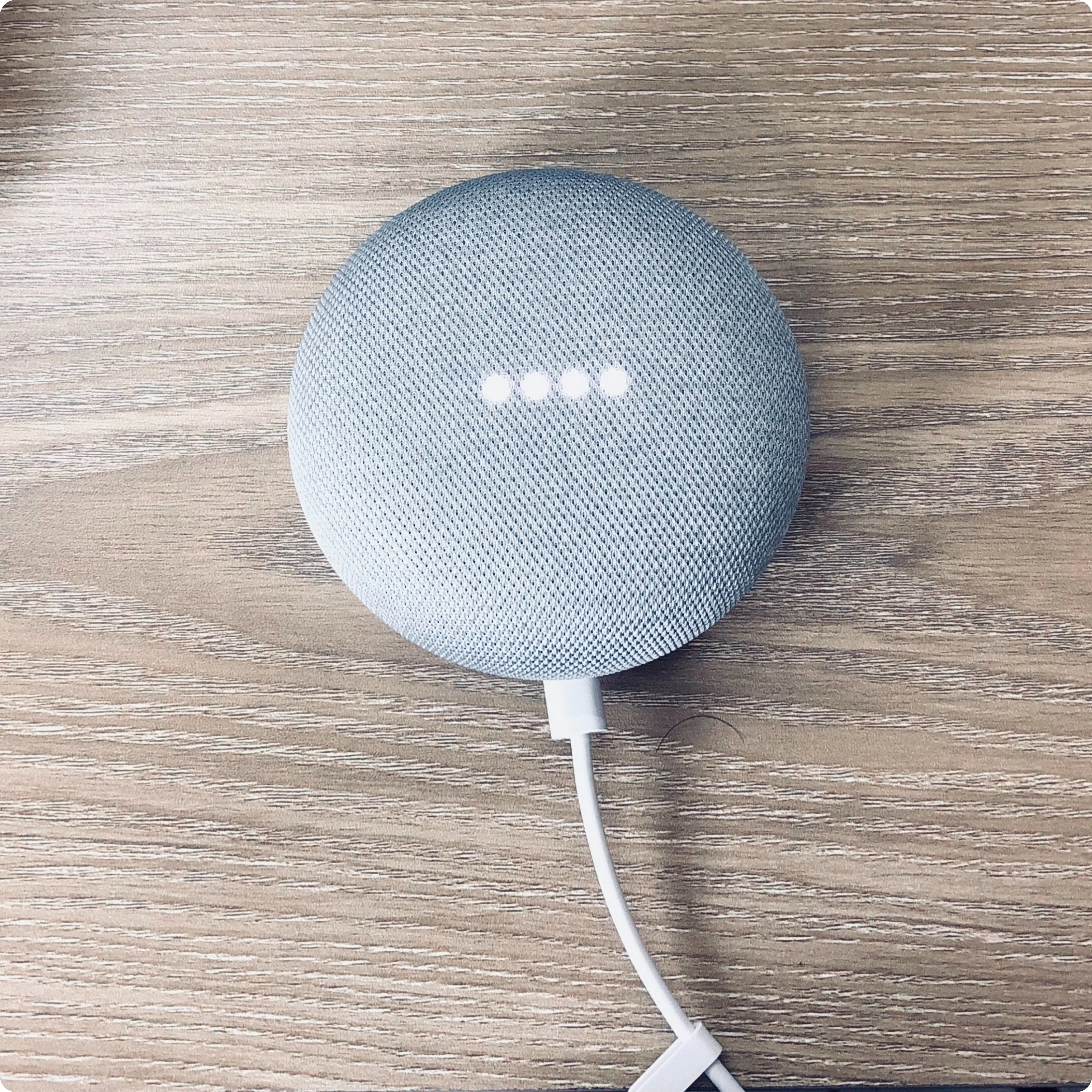Improved online shopping experience
ChatGPT which made its debut in late 2022, is described as a type of artificial intelligience (AI) designed to generate human-like text responses in real-time. It uses a combination of machine learning and natural language processing to understand and respond to user input. And naturally, the more popular it becomes, the better it functions.
For consumers, it has the power to enhance the online shopping experience. They can explore products and services more efficiently and even find where such items are available. When employed as a chatbot on a webshop, it continues to assist them by guiding their purchases, recommending suitable options or alternates, and even tracking orders quickly.
For merchants, ChatGPT promises an enhanced way to interact with potential customers and to create that positive relationship that leads to loyalty and recommendations. Simply put, it can fuel reach, growth, and the overall bottom line.

Ways ChatGPT helps merchants
Here are some ways that ChatGPT can help merchants become more accessible to customers and to build positive relationships (i.e., awareness, loyalty, recommendations, growth):
1- Improved customer experience: Providing a convenient and efficient search experience using ChatGPT can enhance customer satisfaction and loyalty. A positive experience can encourage repeat purchases and word-of-mouth recommendations, which can benefit the merchant’s bottom line in the long run.
2- Increased conversion rates: While browsing can lead to additional purchases, there is no guarantee that every shopper will buy more items. By helping customers find the specific item they are looking for quickly, merchants can increase conversion rates by reducing the chances of shoppers abandoning their search or getting frustrated.
3- Upselling and cross-selling opportunities: Although the browsing phase may offer opportunities for upselling and cross-selling, merchants can still leverage ChatGPT to recommend related or complementary products after the shopper has found the desired item. The chatbot can proactively suggest additional items during the checkout process or in follow-up communications, increasing the likelihood of additional purchases.
4- Focus on customer intent: Understanding customer intent and providing a seamless experience aligns with the increasing preference for personalized and efficient online shopping. By catering to customers’ specific needs, merchants can build trust and foster positive customer relationships, which can have long-term benefits for their bottom lines.

How can merchants get started?
To integrate ChatGPT as a chatbot into a webshop and improve the online shopping experience, merchants will typically need to follow these seven steps:
1- Choose a ChatGPT platform: Select a platform or service that offers a chatbot or conversational AI solution powered by GPT-like models. Examples include Dialogflow, IBM Watson Assistant, or Rasa. These platforms provide tools and APIs to build and deploy chatbots.
2- Design conversation flow: Plan the conversation flow and decide on the key features and functionalities you want your chatbot to have. Consider the specific use cases, customer queries, and interactions you want to support. This could include product information, order tracking, FAQs, personalized recommendations, etc.
3- Develop chatbot responses: Create a knowledge base of questions, answers, and responses to train the chatbot. The platform you choose will have guidelines on how to structure and prepare the data for training the chatbot.
4- Train the chatbot: Use the chosen platform to train the chatbot using the dataset you prepared. The platform will typically have a training process that optimizes the model based on the provided data.
5- Deploy the chatbot on your webshop: Depending on the platform, you may need to use the provided code or API to integrate the chatbot into your webshop. This could involve adding JavaScript code snippets or embedding chatbot widgets on your website. Look to the platform’s documentation for guidance.
6- Test and refine: Once the chatbot is deployed, test its functionality to ensure it provides accurate and helpful responses. Gather user feedback and adjust as necessary to improve performance—addressing any shortcomings.
7- Monitor and iterate: Keep an eye on the chatbot’s performance, including the queries it receives, customer satisfaction metrics, and any errors reported. Regularly update its training data to ensure it keeps in step with changing customer needs and product offerings.
It’s important to note that the exact implementation process may vary depending on the chosen platform and the specific requirements of your webshop. Consider consulting the documentation and support resources provided by the platform you select for more detailed instructions.

Can integration be done easily?
While technical expertise can be beneficial, small business owners can integrate ChatGPT into their webshop without necessarily needing an IT expert. The simplified approach, according to ChatGPT itself, that can help small business owners and “tech-newbies” get started is by starting by choosing a user-friendly chatbot platform. The advice is to look for chatbot platforms that offer intuitive interfaces and require minimal coding knowledge. Examples are: Chatfuel, Tars, or Botsify. These platforms often provide drag-and-drop builders, pre-built templates, and step-by-step guides to simplify the process. This will require sign up and creation of an account that asks for basic information about your business.
Many of the following steps are the same as for more complex approaches (define conversation flow, customize reponses and actions) but the next difference is regarding how to integrate the chatbot. (You’ll typically receive a code snippet or a chat widget that you can copy and paste into your webshop’s HTML or CMS platform. If you use a popular e-commerce platform like Shopify or WooCommerce, there may be dedicated plugins or extensions available for easy integration.) Then, of course: test, refine, and finally— deploy.
There are many sources of information for guidance, including this popular article on Forbes, “How To Build A ChatGPT Chatbot For Your Website In Minutes.” Or this tutorial from Beebom: How to Build Your Own AI Chatbot With ChatGPT API: A Step-by-Step Tutorial.
Remember to consider the complexity of your requirements and the capabilities of the chosen chatbot platform. If you have more complex needs or prefer a customized solution, seeking assistance from an IT expert or a chatbot development agency may be beneficial.

The future of online shopping
As Chat GPT technology continues to advance, it is likely that we will see it being used more and more in the world of ecommerce— and maybe not even realize it. It can be seen as a chatbot which we have all come to recognize as useful, but it can come disguised as a virtual assistant or personal shopper, too. The possibilities are unfolding. Which means that merchants now can investigate how to integrate it into their operations with their intention of enhancing their customer relationships and brand. The future of ecommerce sounds very exciting!

Samara H. Johansson
Content Manager, Nets E-Commerce
With 15+ years of experience in strategic marketing and communications roles, for Nets I focus on presenting e-commerce market insights in a way that is easy to understand and practical.
- Topics



